In 1964, the Ford Mustang launched an entirely new category of cars that replicated its short deck/long hood proportions that were shorthand for sporty power. Chrysler was the last of Detroit’s “Big Three” to launch a proper pony car, debuting the 1970 Dodge Challenger (as well as a shorter-wheelbase Plymouth Barracuda) in the fall of 1969.
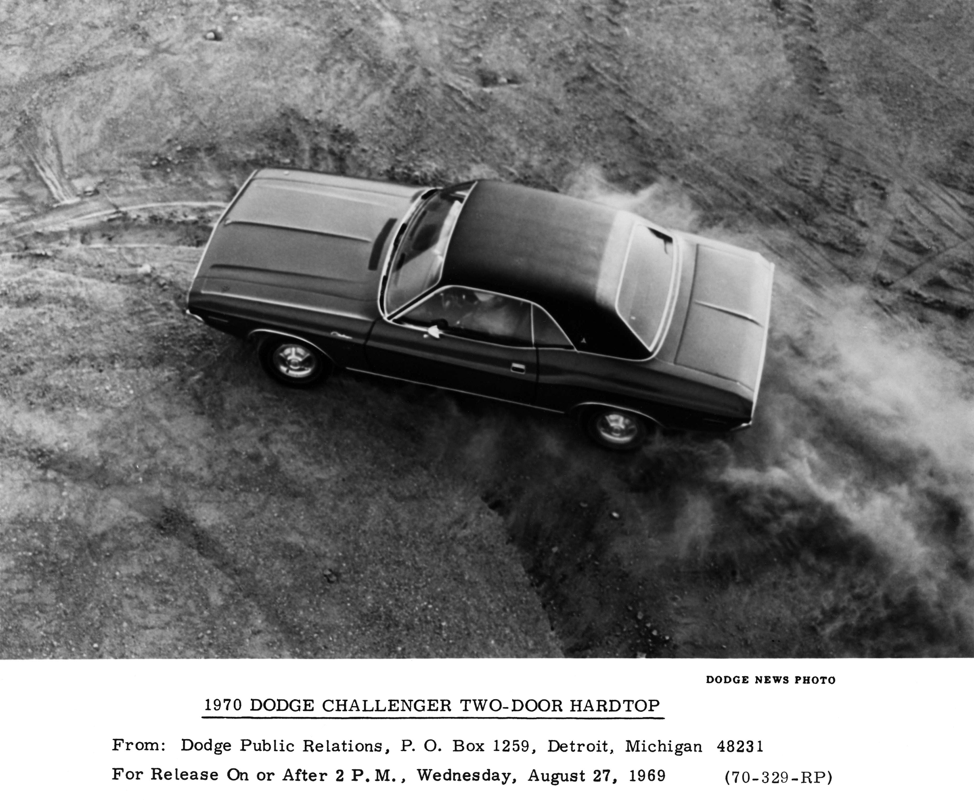
Fiat Chrysler AutoMobiles
It might have been last, but was also probably the best-looking example of the breed, at least for its first two years of 1970-’71. Challenger ran for three more years after that in a 2-inch longer, less graceful guise before ending its run in 1974.
It is the first car of ’71-’72 that fires the imagination of muscle car fans, custom car builders, and movie fans who remember the Challenger from the classic 1970 film Vanishing Point.
The Challenger’s marriage of delicate lines, muscular stance, and bellowing V8 power make the car such a memorable favorite that we often overlook (spoiler alert!) its unfortunate demise at the end of Vanishing Point.
In comparison to Dodge’s earlier performance cars like the Charger, which had comparatively restrained styling, “This one really went all-out, with the hood pins, and the wheels and the styling, and the hood scoops, and the whole deal,” said car collector Jay Leno while showing off his 1970 Challenger to The Drive. “You know, it’s got the big Hurst shifter in it. They really wanted it to look like a sporty racing car.”
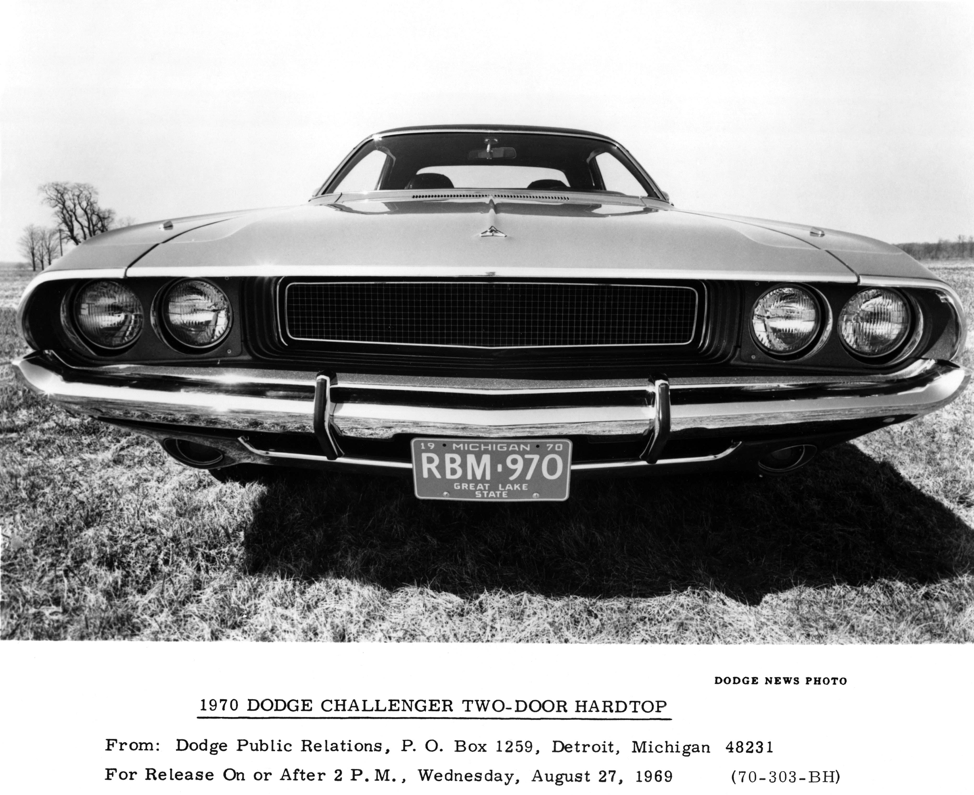
Fiat Chrysler AutoMobiles
They undoubtedly succeeded in that effort, as the wedgy, forward-leaning silhouette looks fast even when it is parked. “We knew we wanted a tough, exciting sports car look,” stated Dodge executive stylist W.M. Brownlie in the car’s introductory press release. “We wanted a space capsule feel for driver and passengers when we first explored the concept of the Challenger.”
From that first concept until the Challenger’s tardy arrival to the pony car war, the car endured a protracted gestation that saw the project delayed by a switch from Chrysler Corp.’s compact car chassis to a hybrid that grafted on the front section of a larger car to provide underhood space for a big block engine.
Dodge product planner Burton Bouwkamp described this situation on the fan site Allpar.com. “It started as a light and nimble ‘secretary’s car’ with Cliff Voss steering the concept,” he said. “The muscle car era was really in full swing at about this time in the planning cycle. So the big 'B' engines got stuffed in the car and then the car got fat and heavy and eventually led to a forced semi-marriage to the 'B' Body.”
That meant that the Challenger got the legendary 425-horsepower 426 Hemi engine option, along with the more driver-friendly 375- and 390-horsepower 440 Wedge engine options.
Of course, Dodge still hoped to sell bushels of entry-level Challengers powered by the 145-horsepower 225 Slant Six, but those sales never really materialized. Instead, most buyers chose a V8 from the broad array available, including the 230-horsepower 318, 275- and 290-horsepower 340, or the 330- and 335-horsepower 383.
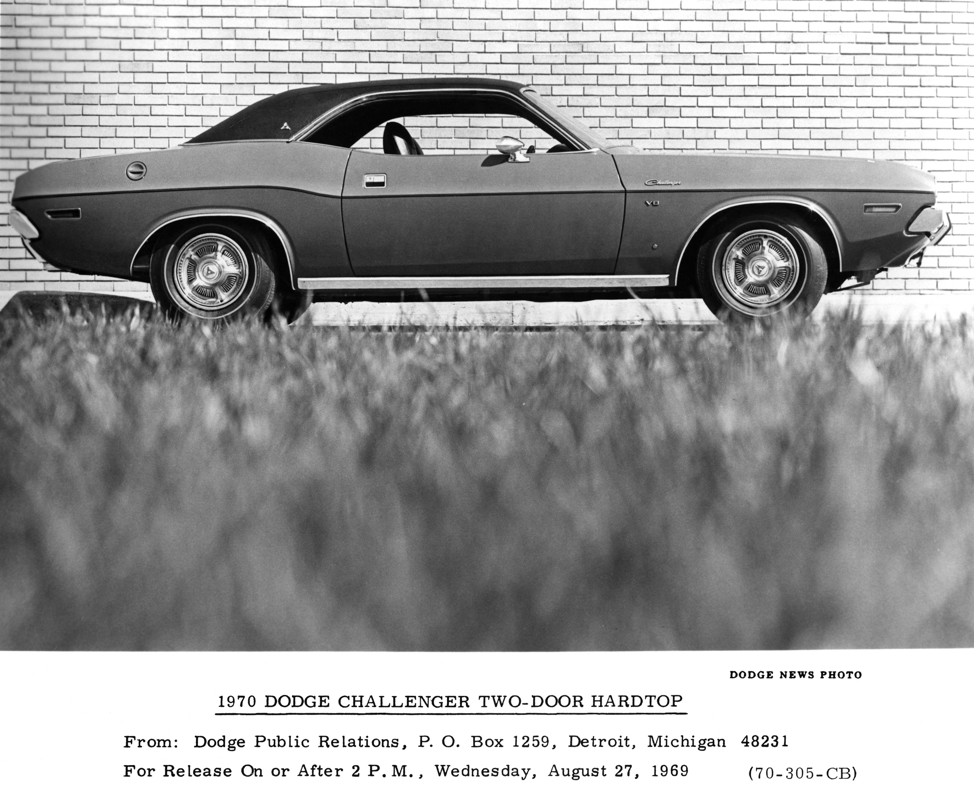
Fiat Chrysler AutoMobiles
The typical three-speed TorqueFlite automatic transmission or three- and four-speed manual transmissions were the available choices. The manual’s optional Hurst pistol-grip shifter is a conversation piece. It was designed to prevent the driver’s hand slipping off the shifter and smashing knuckles into the dash during fast shifts into third gear.
In its May, 1970 edition, Motor Trend (testing the Plymouth Barracuda version of the car) recorded 0-60 acceleration for the 440 of 5.9 seconds, with a 14.4-second quarter mile. The 426 Hemi ran 5.8 seconds and 14.0 seconds flat. These times were handicapped by the poor grip of the tires available in 1970. The T/A was one of the first cars that had larger rear tires than fronts, as it was equipped with larger G60-15s in the rear, compared to the E60-15s in front.
At launch, the Challenger was available as both a hardtop and convertible, in a variety of trims, including the SE (Special Edition), T/A (a reference to the Sports Car Club of America’s Trans-American Championship racing series) and the R/T (Road/Track), which starred in Vanishing Point.
In 1971, Dodge dropped the T/A (because the company withdrew from Trans-Am racing), the SE, and the convertible version of the R/T. A convertible Challenger did pace the Indy 500, and Dodge built 50 pace car replicas, all in Hemi Orange with white stripes and interiors.
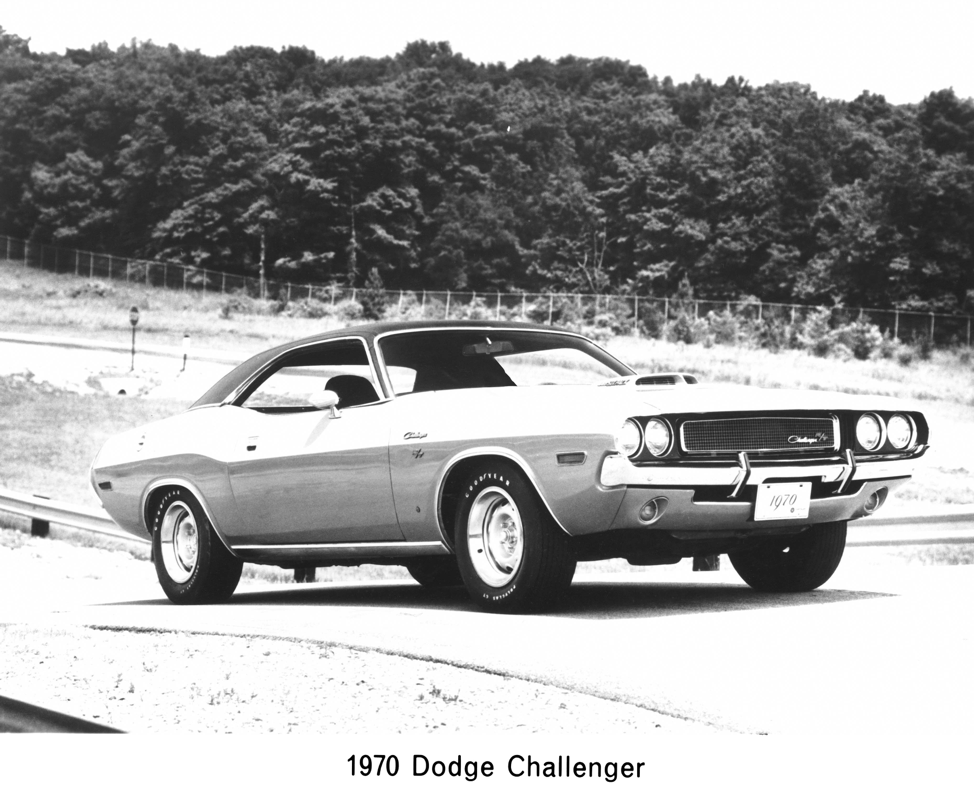
Fiat Chrysler AutoMobiles
The ’71 Challenger featured slightly tweaked taillights that split the ‘70’s single taillights into two distinct lights, and similarly introduced a twin-inlet grille design. Engine choices were reduced in 1971, with the elimination of the 375-horsepower 440 and the 290-horsepower Six-Pack 340, while the 383 was detuned to 300 horsepower to reduce emissions.
The Challenger wasn’t just late to the pony car market—it arrived during a sales trough, so projected sales of 200,000 per year never materialized. Despite its good looks, rising insurance rates were depressing pony car sales, and the Challenger’s ponderous handling and poor build quality pushed buyers away.
Sales of 83,000 in 1970 slipped to just 30,000 in 1970. For its final three years, the Challenger grew still bigger and less attractive, especially with the addition of 5-mph impact-absorbing bumpers for 1973.
Today, a concours condition 1970 Challenger T/A is worth $131,000 according to classic car insurance company Hagerty, while the peak value of a 1971 Challenger equipped with the 230-horsepower 318 is $34,800. The average value for the ’70 T/A is $68,100, while average value for the ’71 with the 318 is a reasonable $18,300.
It is unfortunate that Dodge gave up on the Challenger as Chevrolet’s Camaro saw record sales later in the ‘70s. But perhaps its comparative rarity contributes to the classic Challenger’s legend. I’ll take mine in Plum Crazy purple!
- The content above was submitted by a guest contributor and is for informational purposes only. The views and opinions expressed in this content are those of the guest contributor and do not reflect the views and opinions of Valvoline LLC.
 Dan Carney
Dan Carney